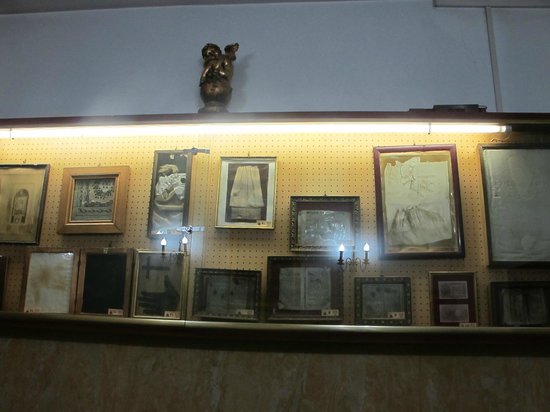In Old Norse they are an undead creature, the Old Norse meaning of the word is revenant. The creatures live in their graves, often guarding the treasure that was buried with them. They are not like ghosts, they have a physical body and abilities that they would have carried in life. There is a clear distinction for those that live in the sea or land as either Sea-draguar or landdraugar.
They possess superhuman strength and can, at will, increase their size. They bring with them the unmistakeable stench of death and they will look swollen, blackened and are generally revolting to look at. In mythology they also keep some semblance of their intelligence, perhaps to ensure they can do their best at guarding their treasure or optimise how they wreak havoc on the living, namely taking revenge on those that have wronged them in life.
According to folklore these beings have a variety of ways to despatch of their victims too, so they can crush them with their enlarged forms, devour the flesh or perhaps swallow them whole when they are large. Some will kill them via driving them mad or maybe even drink the victim’s blood.
They prefer to be active at night but are not restricted like many other revenant styles, but some are immune to weapons and only a hero with the right sort can take them down. Final despatch appears to be preferred by beheading the creature, burning it and then finally dumping the ashes in the sea.
After a person has died the most common indication they will become one is that the corpse is not in a horizontal position, it may be found sat upright indicating that they want to come back. Mean or nasty people are most likely to become one and those who have unfinished business, someone so evil they have a serious impact on those around them.
Preventions include grave binding, a stone with an inscription that will keep them in place or an open pair of iron scissors over the chest of the corpse. Some have tied big toes together, or driven needles through the soles to stop them being able to walk. The coffin should be rotated at least three times when carried to confuse their sense of direction. An effective method is also called the Corpse Door, a special door was built and the corpse carried through feet first, it was surrounded by people to stop it seeing where it was going. The door was then bricked up to prevent any return.
A variation to the creature is also the Haugbui, a mound dwelling creature, where the dead body lives on within its tomb. It cannot leave its burial place but those that enter are free game. The haugbui is usually found in the Norse saga’s and said to swim alongside boats to sail and pick off the men as the boats are semi-submerged.
The barrow-wights in Middle-Earth are based on the legend; they linger around their gold after death.
They are featured in the game The Elder Scrolls V, they are usually those from someone who is of legend and speak in an ancient dragon language.
You can find ‘Draug’ in the game The Secret World, they wander ashore in the fictional Solomon Island, New England.
For World of Warcraft players you can find the Vrykul Race around Northrend, they are heavily influenced by the draugr, and there are two sorts commonly seen. You can spot undead vargul or their blueskinned warriors.



